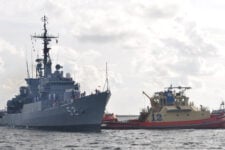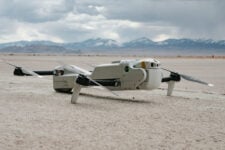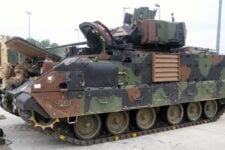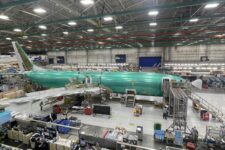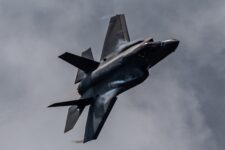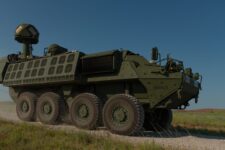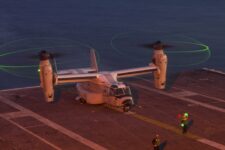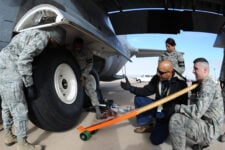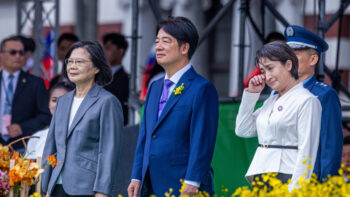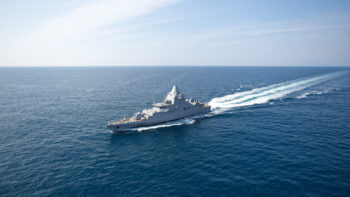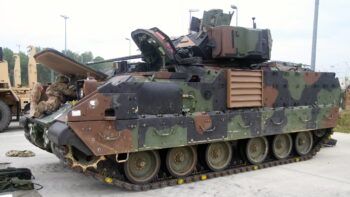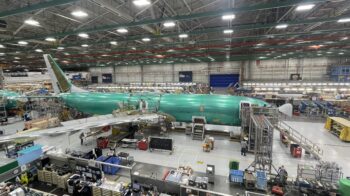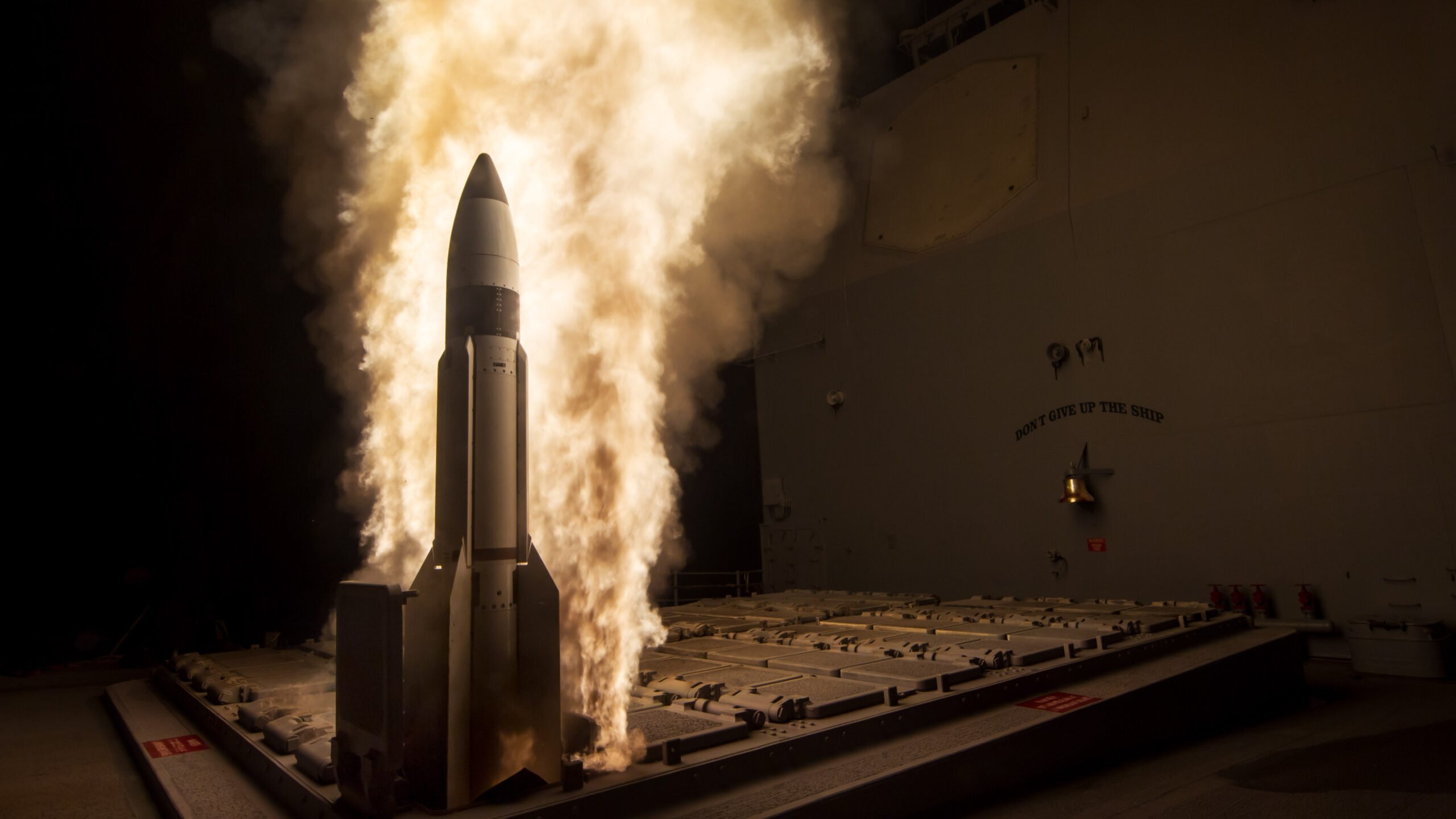
Standard Missile-3 (SM-3) Block 1B guided missile is launched from the USS Lake Erie and successfully intercepted a medium-range ballistic missile target off the coast of Kauai, Hawaii, during a Missile Defense Agency and U.S. Navy test. (DVDS)
SYDNEY — With the specter of an increasingly elligerent Pyongyang hanging over it, the South Korean military procurement agency has formally approved purchase of SM-3 missiles, recently used for the first time in combat against the Iranian missiles fired at Israel.
The SM-3 purchase is one of three major defense acquisition decisions made by Seoul’s Defense Acquisition Program Administration (DAPA) on April 26. In addition, South Korea will buy four new frigates and create a new air-to-air missile; all told, the three projects will represent roughly $4 billion in investments.
However, it all comes with an important caveat: The missile project and SM-3 are not locked in, according to the release. The two projects still must undergo feasibility studies and then be reviewed.
Known as the “maritime ballistic missile interceptor project”, the SM-3s will be installed on Aegis ships and purchased through the US Foreign Military Sales program, according to a DAPA press release, which was translated for Breaking Defense. The project is expected to last from 2025 to 2030 and cost roughly $583 million, the release says.
While the US view of the Pacific always has a China-focus, Seoul’s new SM-3s are most likely to be used to protect South Korea from North Korean missiles and not Chinese weapons. That seems relatively clear after comments by South Korean Defense Minister Shin Won-sik.
Appearing on a Korean interview program, “Sunday Diagnosis,” on April 21, Shin said South Korean armed forces would keep focused on North Korea in the event of a conflict involving Taiwan.
“If a crisis occurs in Taiwan, the South Korean military’s paramount concern is observing the possibility of North Korean provocations and working with USFK (US Force Korea) to establish a firm joint defense posture,” he said last week.
In addition to the SM-3 purchase, DAPA’s announcement included the approval of Batch IV of the Ulsan-class frigates by 2032. The $2.35 billion naval program should involve four ships designed to replace an aging fleet. They are expected to boast improved sensors and electronic warfare capabilities.
Finally, DAPA approved an estimated $1.1 billion project to develop long-range air-to-air missiles for its indigenous fighter under development, the KF-21 multirole plane. The missiles program is expected to last from 2025 to 2038, according to the release. Korea Aerospace Industries has built six prototype fighters. The first production model of what the Korean company calls a 4.5 generation fighter is scheduled to be delivered to the Air Force in the second half of 2026.
The DAPA release makes clear South Korea hopes the locally-designed and built missiles will help boost exports of the KF-21. “In addition, if domestically produced air-to-air missiles are installed as the basic armament of the KF-21, export competitiveness is expected to increase,” it says.


